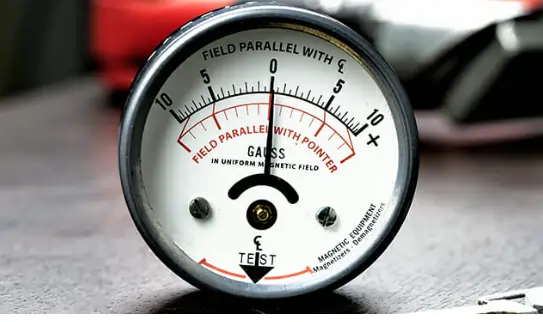
Tobaccoo industries instruments calibration UAE
Tobacco manufacturing involves several stages, each requiring rigorous testing to ensure product quality, safety, and compliance with regulations. Chemical testing evaluates active components like nicotine and tar, determining the smoking experience and ensuring harmful chemicals are within safe limits. Physical testing assesses the visual and manufacturing properties of tobacco, including color, texture, moisture content, and elasticity, affecting initial grading and production efficiency. Microbiological testing ensures tobacco is free from harmful microorganisms, maintaining safety and quality.




